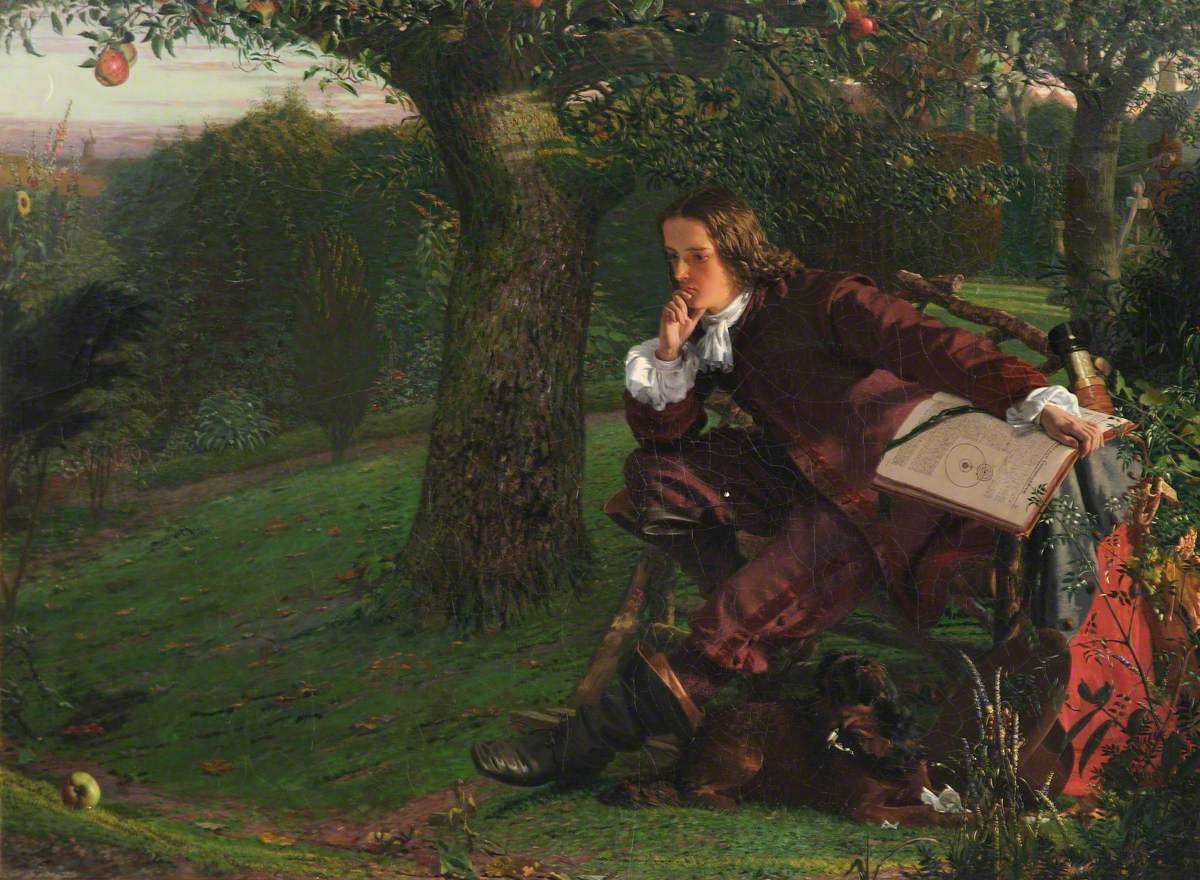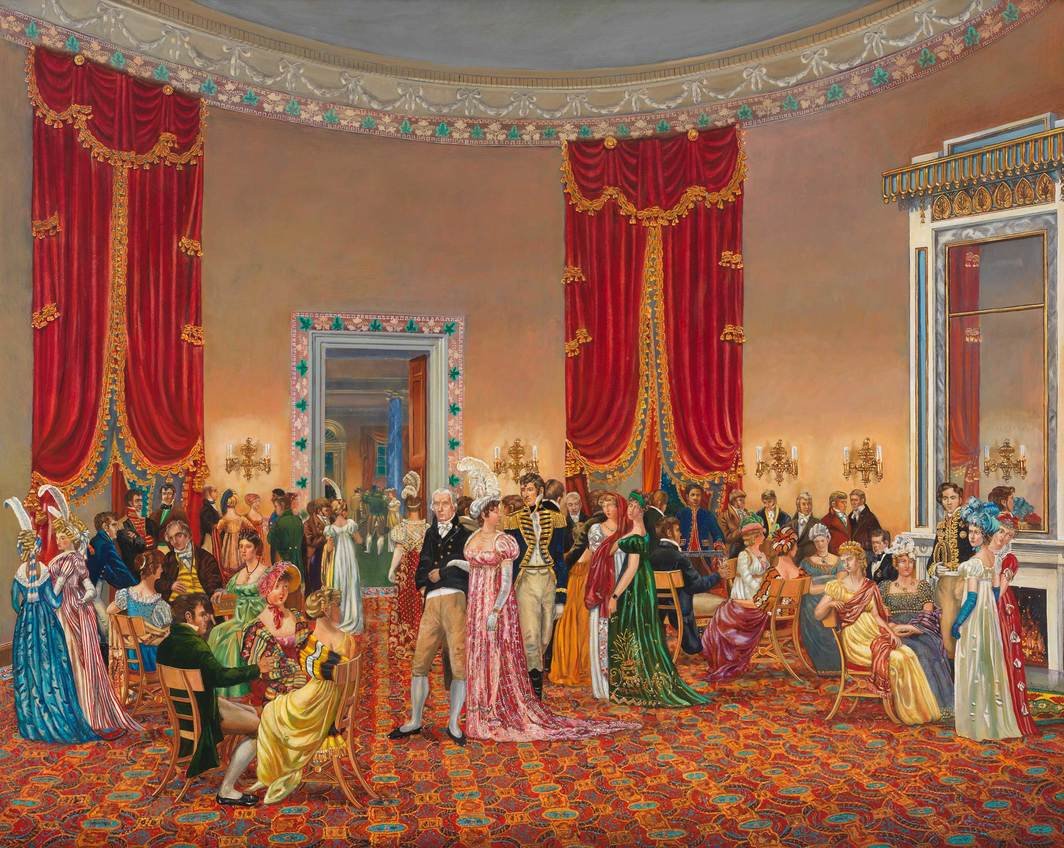Unit Study Idea: The African-American Struggle for Civil Rights, Past and Present
Early this year, I told my thirteen-year-old son I’d like to investigate a historical subject with him over an extended period, to give what we learned time to really sink in. He was game, so I showed him a list of potential topics I wanted to learn more about and asked if any intrigued him. He looked over my list and chose the American civil rights movement.
“It seems especially relevant to what’s going on in the news right now,” he commented. Neither of us had any idea just how relevant the topic was going to be.
The last few weeks have been tumultuous ones in America, with the shootings of Alton Sterling, Philando Castile, and Charles Kinsey and of police officers in Dallas and Baton Rouge sparking grief, outrage, and renewed calls for change. Philando Castile’s death hit particularly close to home for our family; Castile was killed during a traffic stop only three miles north of our St. Paul neighborhood, and several of our friends and neighbors have children who attend the school where Castile worked as a beloved cafeteria supervisor.
The following resources are ones my son and I studied together over the last few months, as well as a few that I’ve found personally helpful. These resources are only a very small sampling of the wealth of materials and perspectives out there, but these resources have given my son and me a historical context about systemic racism and African-American resistance that I just didn’t get from my own school education—or from my life as a white person who’s privileged to ignore racism if I choose. I’ve really needed that historical context these last few weeks. I think everyone does.
BOOKS FOR KIDS AND ADULTS
(roughly for ages 13 and up, though obviously you’re the best judge of what your kids are ready for)
Freedman’s book provides a window into Jim Crow America, detailing opera singer Marian Anderson’s struggle to establish herself as an artist in spite of being rejected by a conservatory based on her race and barred from hotels and restaurants as she toured America. The story continues with her success in Europe, her groundbreaking 1939 performance at the Lincoln Memorial, and the rest of her trailblazing career.
The Port Chicago 50: Disaster, Mutiny, and the Fight for Civil Rights by Steve Sheinkin
Sheinkin tells the amazing true story of black sailors who were barred from combat duty during World War II and assigned to loading munitions at a segregated naval base at Port Chicago, California—without receiving proper training or supervision on safe munition handling. In July 1944, a massive explosion at the base killed 300 sailors. In response to the unsafe conditions and unjustly segregated work environment, 244 sailors refused to go back to work until their grievances were addressed, ultimately leading to fifty of the men being charged with mutiny. Sheinkin takes an in-depth look at this important early case in the fight for civil rights.
“Letter from Birmingham Jail” by Dr. Martin Luther King, Jr.
Martin Luther King wrote this essay in April 1963 in response to a statement by eight white Alabama clergymen criticizing King’s methods of nonviolent civil disobedience. King’s argument, begun while he was in jail for breaking an injunction against demonstrating, is a powerful defense of breaking unjust laws in order to fight for a higher good, as well as an excellent model of persuasive writing. It’s also helpful for putting current Black Lives Matter protests into historical context; both King and many Black Lives Matter activists argue that in order to get the powerful to come to the table to negotiate, it’s sometimes necessary to break laws and disrupt “business as usual.”
March, Books One and Two by John Lewis, Andrew Aydin, and Nate Powell
In these graphic-novel style memoirs, Representative John Lewis tells the story of his childhood on an Alabama sharecropping farm and his role in the 1963 March on Washington and the Selma Voting Rights March, among other highlights of a life spent fighting for human rights. Lewis's role in the recent Capitol Hill sitdown strike for gun control makes this an even more timely read.
Marching for Freedom: Walk Together, Children, and Don’t You Grow Weary by Elizabeth Partridge
This account of the 1965 voting rights march from Selma, Alabama begins in compelling fashion: “The first time Joanne Blackmon was arrested, she was just ten years old.” Partridge keeps her focus on ordinary children and teens involved in the historic march and does an excellent job of making the march accessible and understandable for kids. I also love that she shows that there were sometimes disagreements and missteps within the movement; too often, I think we tend to envision the civil rights movement as a perfectly unified, top-down movement led by Martin Luther King. The reality was much messier and more grassroots than the oversimplified version of history enshrined in most school textbooks. This is a great book to read in conjunction with Turning Fifteen on the Road to Freedom by Lynda Blackmon Lowery, a firsthand account by a young person who participated in the Selma March, and We've Got a Job: The 1963 Birmingham Children's March by Cynthia Levinson.
How It Went Down by Kekla Magoon
Kekla Magoon’s young-adult novel tells the story of a black teenaged boy shot by a white man who mistakes him for a dangerous thief and gang member when he’s actually carrying home groceries from the local corner store. Narrated from multiple points of view, the book reveals how painfully difficult it can be to find the truth in the aftermath of a racially charged shooting.
Myers’s 1999 young-adult novel uses an innovative structure — part imaginary screenplay, part diary — to tell the story of Steve Harmon, an African-American teen on trial for murder. Through fragmentary flashbacks, readers gradually piece together Steve’s role in the crime and his journey through a criminal justice system that is predisposed to see a boy who looks like him as a “monster.” For my son and me, this was an eye-opening introduction to the problem of racial bias in our justice system.
X by Ilyasah Shabazz and Kekla Magoon
This fact-based novel by Malcolm X’s daughter and her collaborator Kekla Magoon chronicles the African-American leader’s early struggles with racism as a young boy in Michigan, his years in Boston and Harlem, his imprisonment for burglary, and his subsequent conversion to Islam and decision to change his name from Malcolm Little to Malcolm X.
A FEW MORE BOOKS FOR ADULTS AND OLDER TEENS
Butler’s novel tells the story of Dana, a modern African-American woman transported through time from 1970s America to the antebellum South, where she encounters her ancestors, a white slave owner’s son and his black slave. Through multiple trips spaced over several years, Dana is forced to intervene in her ancestors’ lives in ways that test everything she believes. Butler’s novel is the most compelling, searing examination of slavery and its legacies that I’ve ever encountered, exploring issues of race, sex, family, and gender in mind-blowing ways.
How to Slowly Kill Yourself and Others in America by Kiese Laymon
In this collection of essays, Kiese Laymon examines how racism damages African-American men, and how they in turn inflict pain and damage on themselves and the people they love, especially African-American women. Weaving together hip-hop, stand-up comedy, and other pop culture references, Laymon offers a passionate, introspective, vulnerable perspective on what it’s like to be young, black, Southern, and male in today’s America.
ON THE SCREEN
Eyes on the Prize: America’s Civil Rights Movement 1954-1985 produced by Henry Hampton :: The first six episodes of this fourteen-hour PBS documentary series cover the civil rights movement from the 1954 Montgomery bus boycott to the signing of the Voting Rights Act of 1965. The next eight episodes focus on such key events as the rise of the Nation of Islam, the Detroit riot of 1967, the Black Panthers, and the clash over Boston school desegregation. The series features riveting, occasionally violent news footage and interviews with people involved on both sides of the movement.
All the Difference directed by Tod Lending :: This PBS documentary follows two low-income African-American young men from the violence-ridden South Side of Chicago who struggle to beat the odds and complete high school and graduate from college. The documentary offers a close-up look at what helped these two students overcome multiple obstacles and setbacks.
IDEAS FOR OTHER RESOURCES
In Memoriam of Philando Castile :: The Minneapolis-based community-building organization Pollen put together this collage of music, spoken word, art, and poetry as a response to the shooting of Philando Castile. Especially noteworthy for homeschoolers might be the list of resources compiled by Twin Cities spoken word artist and community organizer Guante. That list can also be found here: http://www.guante.info/2016/07/a-few-resources-links-and-readings.html
YOUR LOCAL HISTORICAL SOCIETY
One thing I didn’t want to do with my son was pretend that racism and civil rights abuses were only a southern problem. Up here in the Twin Cities, one of our most painful legacies is the fate of St. Paul’s Rondo neighborhood, a thriving, vibrant African-American community that officials obliterated to make way for Interstate 94.
The same kind of destruction happened in many other cities, including Chicago, Miami, Los Angeles, Seattle, and Baltimore. The Minnesota Historical Society recently organized a bus and walking tour featuring Rondo history that my son and I were able to participate in. It was a great way for us to learn about the continuing effects of racism and meet people who’d been affected by losing their homes and businesses in the name of progress. A Google search of a phrase such as “How interstates damaged black neighborhoods” yields a plethora of articles. With just a little bit of digging, I suspect you could find similar stories and opportunities for investigation close to home, too—or if you already know about these stories, I’ll bet there are ways you and your family can take an even closer look at the racist legacies in your own back yard and on the roads you travel every day.


















CARRIE POMEROY lives in St. Paul, Minnesota with her husband and two children. A passionate reader, writer, and movie buff, she loves the way homeschooling has expanded her ideas about what real learning is and how it happens.